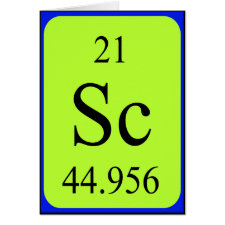
Authors: Martínez-Máñez R, Sancenón F, Biyikal M, Hecht M, Rurack K
Article Title: Mimicking tricks from nature with sensory organic-inorganic hybrid materials.
Publication date: 2011
Journal: Journal of Materials Chemistry
Volume: 21
Issue: (34)
Page numbers: 12588-12604.
Abstract: Design strategies for (bio)chemical systems that are inspired by nature's accomplishments in system design and operation on various levels of complexity are increasingly gaining in importance. Within the broad field of biomimetic chemistry, this article highlights various attempts toward improved and sophisticated sensory materials that rely on the combination of supramolecular (bio)chemical recognition principles and nanoscopic solid structures. Examples range from more established concepts such as hybrid sensing ensembles with improved sensitivity and selectivity or for target analytes for which selectivity is hard to achieve by conventional methods, which were often inspired by protein binding pockets or ion channels in membranes, to very recent approaches relying on target-gated amplified signalling with functionalised mesoporous inorganic supports and the integration of native biological sensory species such as transmembrane proteins in spherically supported bilayer membranes. Besides obvious mimicry of recognition-based processes, selected approaches toward chemical transduction junctions utilizing artificially organized synapses, hybrid ensembles for improved antibody generation and uniquely colour changing systems are discussed. All of these strategies open up exciting new prospects for the development of sensing concepts and sensory devices at the interface of nanotechnology, smart materials and supramolecular (bio)chemistry
Template and target information: Review - organic-inorganic hybrid materials



Join the Society for Molecular Imprinting

New items RSS feed
Sign-up for e-mail updates:
Choose between receiving an occasional newsletter or more frequent e-mail alerts.
Click here to go to the sign-up page.
Is your name elemental or peptidic? Enter your name and find out by clicking either of the buttons below!
Other products you may like:
 MIPdatabase
MIPdatabase









